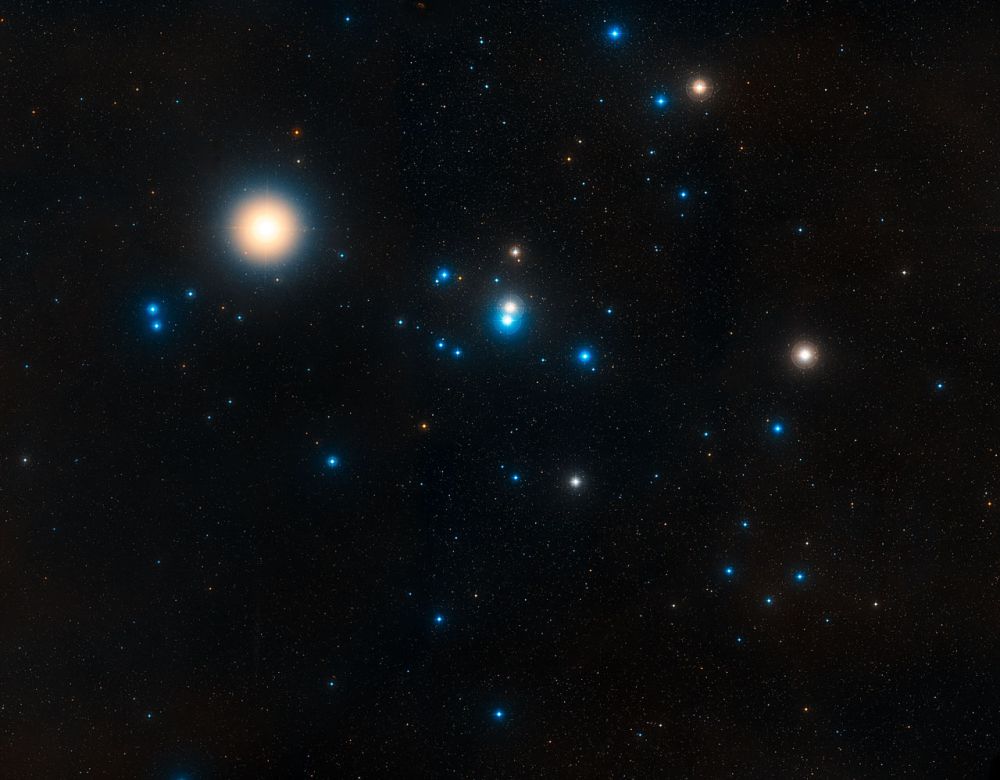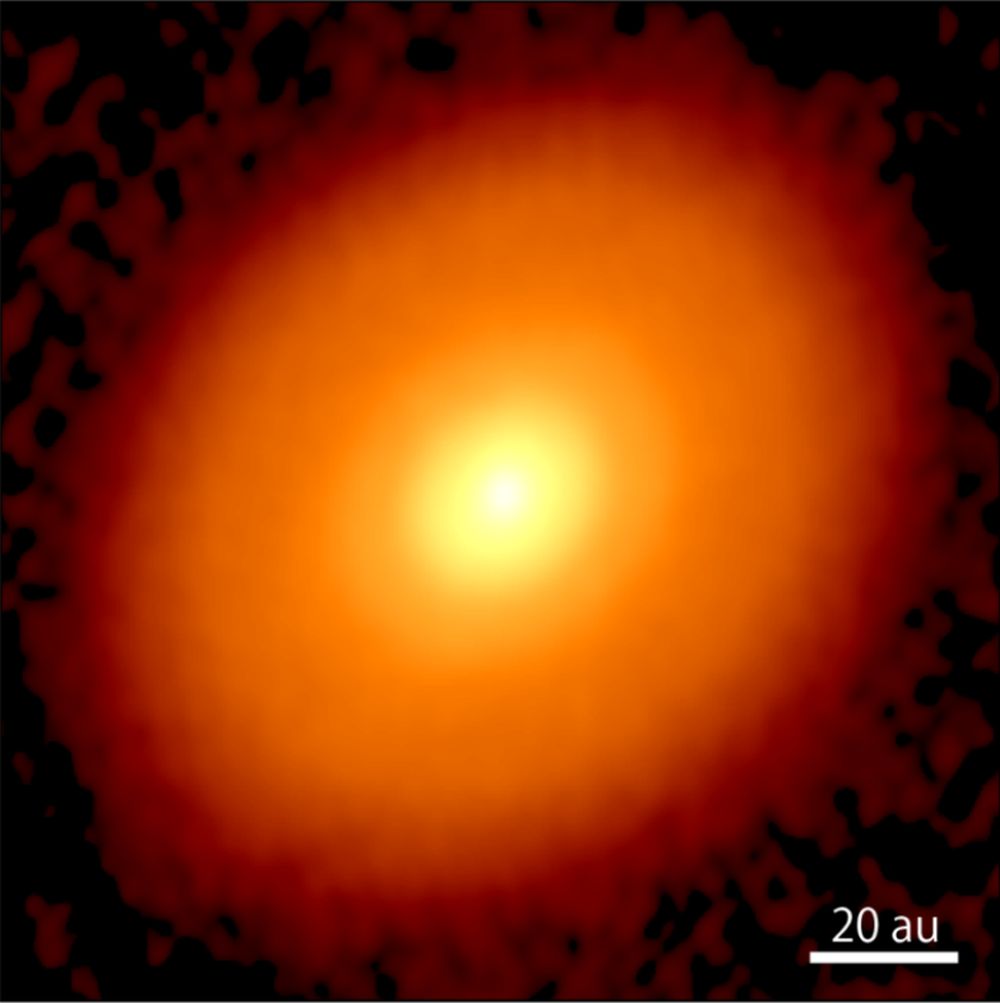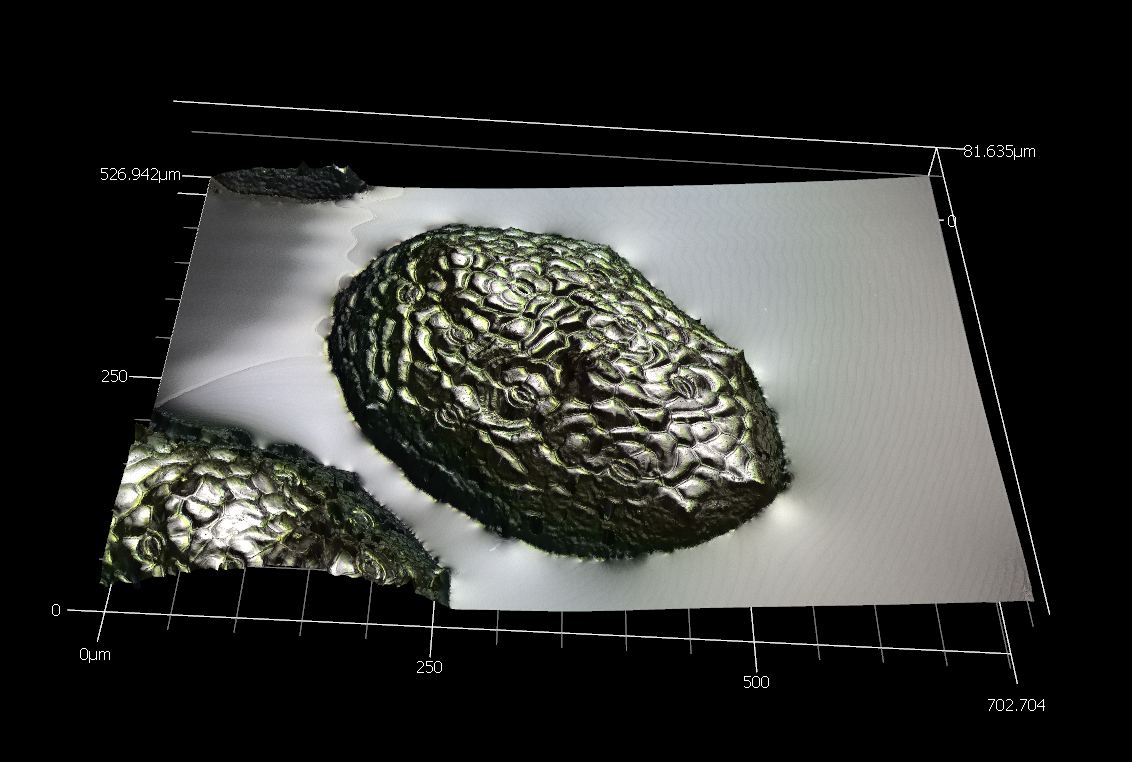The International Space Station (ISS) will be retired in 2030 after more than thirty-two years of continuous service. Naturally, there are questions regarding what will replace this station, which has served as a bastion for vital research and inter-agency cooperation in space. In the past, China has indicated that their Tiangong (“heavenly palace”) space station will be a successor and rival to the ISS, offering astronauts from other nations an alternative platform to conduct research in Low Earth Orbit (LEO). As part of this plan, China recently announced plans to double the size of Tiangong in the coming years.
Continue reading “China is Planning to Double the Size of its Space Station”The Closest Star Cluster Spat out an Extremely Massive White Dwarf

The Hyades star cluster is only about 153 light-years away. At that short distance away, it’s visible with the unaided eye in the constellation Taurus. Its proximity gives professional astronomers an easier time observing it than many other objects of interest. Hyades contains hundreds of stars with similar ages—about 625 million years—similar metallicities and similar motions through space.
But something’s missing from the Hyades cluster: white dwarfs. There’s an apparent lack of them, with only eight of them in the cluster’s core. Where did they go?
Continue reading “The Closest Star Cluster Spat out an Extremely Massive White Dwarf”What’s Next for NASA’s UFO Research? Outside Observers Weigh In

BOULDER, Colo. — NASA says it’s going to play a bigger role in studying what’s behind unidentified anomalous phenomena, the newfangled name for what we used to call UFOs. But exactly how should NASA step into that role? The astrophysicist who helped get the ball rolling last year as NASA’s associate administrator for science is suggesting a quick and easy way to get started.
Continue reading “What’s Next for NASA’s UFO Research? Outside Observers Weigh In”Seeing the Moment Planets Start to Form

Nature makes few duplicates, and planets are as distinct from one another as snowflakes are. But planets all start out in the same circumstances: the whirling disks of material surrounding young stars. ALMA’s made great progress imaging these disks and the telltale gaps excavated by young, still-forming planets.
But new images from ALMA (Atacama Large Millimeter/submillimeter Array) show a star and disk so young that there are no telltale gaps in the disk. Is this the moment that planets start to form?
Continue reading “Seeing the Moment Planets Start to Form”Ring of Fire: Catching This Weekend’s ‘Great North American Annular Solar Eclipse’
Don’t miss the final solar eclipse of the year: a striking ‘ring of fire’ annular solar eclipse.
If skies are clear, observers across a swath of the western United States, Mexico, and Central and South America are in for a treat this coming Saturday, October 14th, as the antumbral shadow of the Moon crosses the Earth in a fine ‘ring of fire’ annular solar eclipse.
Continue reading “Ring of Fire: Catching This Weekend’s ‘Great North American Annular Solar Eclipse’”Earth's Smallest Flowering Plant Can Handle 20X Earth's Gravity

Astronauts need to eat, and they need to breathe. That means, for long-duration missions, they are going to need to bring plants with them. But not all plants are created equal, and not all can survive the harsh conditions of space. One that might thrive on long spacefaring voyages also happens to be the smallest flowering plant on Earth.
Continue reading “Earth's Smallest Flowering Plant Can Handle 20X Earth's Gravity”Quenched Galaxies in the Early Universe
Recently, much attention has been given to massive, active galaxies discovered by the JWST in the early universe. But in contrast to these active galaxies, some galaxies that the JWST has discovered have been unusually quiet with little to no active star formation.
This is surprising because the early universe had a greater density of galaxies, leading to more interactions, and thus, more star formation. So finding galaxies in which star formation has been shut down so early has astronomers puzzling over the question how to kill a galaxy?
Continue reading “Quenched Galaxies in the Early Universe”Want to Explore Neptune? Use Triton’s Atmosphere to Put on the Brakes
Aerobraking is commonly used to slow down spacecraft when they arrive at various planetary systems. It requires a spacecraft to dip into the atmosphere of a celestial body in the planetary system, such as a moon or the planet itself, and use the resistance from that atmosphere to shed some of its velocity. That slow-down would then allow it to enter an orbit in the planetary system without carrying the extra fuel required to do the maneuvers through powered flight, thereby saving weight on the mission and reducing its cost.
Unfortunately, saying the orbital dynamics of such a maneuver are complicated is an understatement. But ultimately, for any aerobraking to be viable, someone has to do the math. And that’s just what Jakob Brisby and James Lyne, a graduate student and professor at the University of Tennessee Knoxville, did for some of the least visited planetary systems in the solar system – Neptune.
Continue reading “Want to Explore Neptune? Use Triton’s Atmosphere to Put on the Brakes”Euclid Recovers From a Navigation Problem and Finds its Guide Stars Again
On July 1st, 2023, the ESA’s Euclid mission headed for space, where it began its mission to observe the Universe and measure its expansion over time. The commissioning process began well as the mission team spent weeks testing and calibrating the observatory, then flew the mission out to Lagrange Point 2 (LP2). The telescope focused its mirrors, collected its “first light,” and the first test images it took were breathtaking! Unfortunately, Euclid hit a snag when its Fine Guidance Sensor (FGS) failed to lock onto its “guide stars.”
According to the latest update from the ESA, Euclid has found its guide stars again, thanks to a software patch. With its navigation woes now solved and its observation schedule updated, the telescope will now undergo its Performance Verification phase (its final phase of testing) in full “science mode.” Once that’s complete, Euclid will commence its nominal six-year mission, providing razor-sharp images and deep spectra of our Universe, looking back 10 billion years. This data will be used to create a grand survey of one-third of the entire sky and measure the influence of Dark Matter and Dark Energy.
Continue reading “Euclid Recovers From a Navigation Problem and Finds its Guide Stars Again”A Pulsar Suddenly Threw Out Radiation 200 Times More Energetic

Pulsars are known for their regularity and stability. These fast-rotating neutron stars emit radio waves with such consistent pulses that astronomers can use them as a kind of cosmic clock. But recently a pulsar emitted gamma rays with tremendous energy. The gamma rays were the most energetic photons ever observed, with energies of more than 20 teraelectronvolts, and astronomers are struggling to understand how that’s possible. The results were published in Nature Astronomy, which describes the burst of gamma rays emanating from the Vela Pulsar.
Continue reading “A Pulsar Suddenly Threw Out Radiation 200 Times More Energetic”




